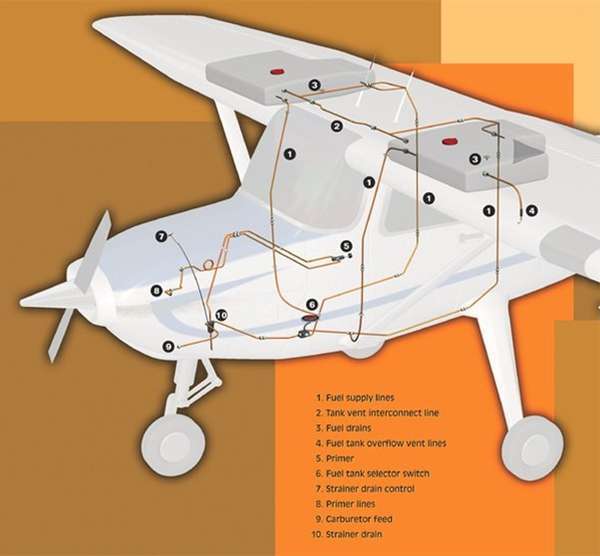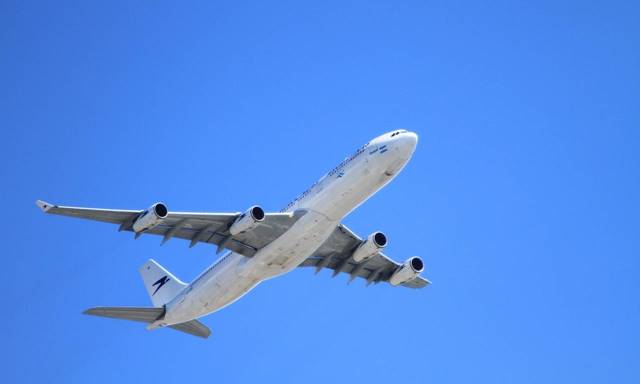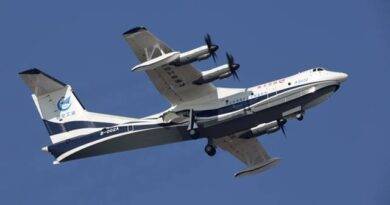Debunking the Mystery: Fuel Drain Vents on Airplanes
Those unassuming bumps on airplane wings aren’t just random protuberances – they’re fuel drain vents, playing a critical role in your safe and smooth flight. But what exactly do they do, and why are they tucked away near the wingtips? Buckle up, as we take a deep dive into the fascinating world of airplane fuel vents!
Balancing act in the sky: Imagine fuel tanks as airtight balloons. As the plane climbs, the air pressure outside decreases, while the pressure inside the tanks remains high. This pressure imbalance can cause the tanks to bulge or even rupture, jeopardizing the flight. Fuel drain vents act as pressure relief valves, allowing excess air to escape and maintaining a safe equilibrium.
Not just air, but fuel too: These vents have another crucial function – acting as emergency exits for excess fuel. During refueling, if the tanks get overfilled, the vents safely drain the overflow, preventing spills and fire hazards. Similarly, in case of a leak, the vents provide a controlled path for leaking fuel to escape, minimizing its contact with the aircraft and preventing catastrophic fires.
Strategic placement for optimal performance: Vents are typically located near the wingtips, the farthest points from the engines and fuselage. This strategic positioning ensures several benefits:
- Optimal airflow: The high airspeed at the wingtips creates a suction effect, helping to draw any escaping fuel vapors away from the aircraft.
- Gravity’s assist: In case of fuel overflow, the downward tilt of the wings near the tips directs the excess fuel away from the aircraft body.
- Safety first: Placing the vents away from the engines and fuselage minimizes the risk of fuel vapors igniting in contact with hot engine parts.
Safety with a fiery twist: To add another layer of protection, fuel drain vents are equipped with flame arrestors. These intricate mesh screens act like firebreaks, preventing any escaping fuel vapors from igniting even if exposed to a spark. So, even if there’s a malfunction, the flame arrestors keep the plane safe from fiery mishaps.
The Pressure Keepers:
- Spring-Loaded Relief Vent: The workhorse of the family, this vent uses a calibrated spring to maintain a safe pressure balance within the tanks. As pressure builds, the spring compresses, allowing excess air to escape gently, preventing tank overexpansion.
- Wet Vent: This meticulous vent tackles both air and fuel. During refueling, if the tanks get overfilled, the Wet Vent lets a small amount of fuel drain out through a U-shaped tube, preventing spills while allowing air to circulate.
- Dry Vent: Unlike its wet counterpart, this vent focuses solely on air pressure. A membrane separates the fuel tank from the vent, allowing only air to escape while keeping fuel safely contained.
The Emergency Squad:
- Spill Valve: When swift action is necessary, the Spill Valve steps in. This rapid-response vent opens quickly, dumping large amounts of fuel in emergencies like engine fires or structural damage. Activated remotely or by sensors, it prioritizes safety by minimizing fuel on board.
- Overflow Drain: Designed for controlled fuel release during ground operations, this vent prevents spills during refueling. Similar to a wet vent, it allows excess fuel to drain but uses a different mechanism to ensure efficient and safe removal.

Fuel system for a Cessna 172
Source: https://www.quora.com/On-small-airplanes-are-there-one-gas-tanks-or-two-gas-tanks
Beyond the Basics:
- Flame Arrestors: All vents, regardless of type, are equipped with these tiny heroes. These intricate mesh screens act as firebreaks, preventing any escaping fuel vapors from igniting even if exposed to a spark.
- Location, Location, Location: Vents are strategically positioned near the wingtips for optimal performance. The high airspeed at these points creates a suction effect, pulling any escaping fuel vapors away from the aircraft. Additionally, gravity assists in directing excess fuel away from the fuselage in case of spills.
Next time you board a plane, take a moment to appreciate those inconspicuous bumps on the wings. They’re the silent guardians of your flight, ensuring a safe and comfortable journey through the skies. These vents, though small, play a vital role in aviation safety, reminding us of the intricate engineering that goes into every aspect of air travel.
References and Further Reading:
Society of Automotive Engineers (SAE): Aerospace Material Standard AMS 5644, Fuel Tank Vents (https://www.techsteel.net/alloy/stainless-steel/17-7ph/ams-5644)
Aircraft Systems and Technology: Fuel Tank Venting for Dummies…:) (https://bearhawkforums.com/forum/bearhawk-general-discussion-news/37981-header-tank-design-and-location)
Kitplanes Magazine: Time to Vent (https://www.eaa.org/eaa/aircraft-building/builderresources/while-youre-building/building-articles/cockpit-and-cabin-interior/ventilation-options-for-your-homebuilt)
AviationHunt: How does the aircraft fuel system work? (https://www.cfinotebook.net/notebook/operation-of-aircraft-systems/aviation-fuel)



